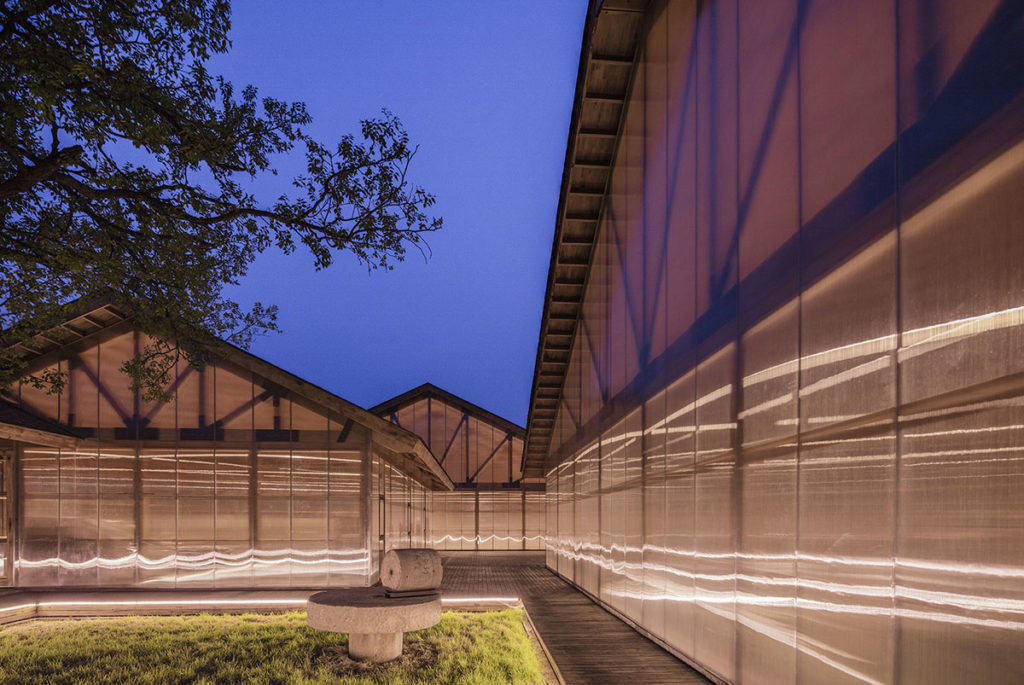How Can Architecture Help Maintain Hygiene in A Food Plant?
2 min read
Traditionally, ill-designed plants have placed a disproportionately high focus on efficiency, one that ignores hygiene for a singular focus on quantity. The modern landscape is different. Food processing plants now are built on a balance of hygiene and efficiency. In fact, businesses and brands worldwide have recognized the importance of a positive customer sentiment, one that can be cultivated with care from a quality-focused plant.
As such, food plant architecture now plays a pivotal role in the success of a food plant. It is through innovated design that a plant can focus both on efficiency and hygiene. Here’s how the symbiotic relationship between architecture and hygiene plays out:
Appropriate Ventilation and Air Quality
Ventilation systems, while not an obvious solution, emerge as an underrated champion of hygiene. A design that prioritizes air circulation ensures that fresh, clean air replaces potentially contaminated air. This results in two immediate benefits:
- A healthier workforce, less likely to fall ill and contaminate food
- Reduced risk of any airborne contaminants impacting the food.
Architects thus focus on incorporating advanced air filtration system to enhance indoor air. This creates an environment that is fresh and free of stagnancy.
Designated Areas for Waste Management
A lack of focus in waste management can lead to potentially disastrous consequences, especially in a food plant. An architect understands the future scope of a food plant, and thus allocates specific zones for waste disposal. This negates any possible risk of cross-contamination! Such waste areas are placed strategically, ensuring that unwanted materials are taken out of the process as soon as they are generated. As such, food plant architects educate themselves not only about your business but also the entire food production process. This leads to a proprietary, highly hygienic food plant layout.
Layout Design Separating Raw and Cooked Areas
Speaking of layout, there are various potential design solutions to create a hygienic food plant. Often, these solutions are not grand uncharacteristic additions but simple attention to detail. For instance, clear demarcations between raw and cooked processing areas are often underappreciated. But this instantly educates all employees, from entry-level to senior, where they currently are and what standards they need to follow. This spatial separation reduces any risk of cross-contamination, a risk when raw ingredients are yet to be processed. This separation stems from the early stages of design when an architect first formulates the future of the food plant.
Ventilation, Waste Management, and Efficient Layout – These qualities represent a food plant that focuses on hygiene and efficiency. As such, experts such as Stendel + Reich food plant architects are essential to the entire design process – from initial conceptualization to day 1 of operations. Ensure that your plant is designed to perfection, by reaching out to the experts!





